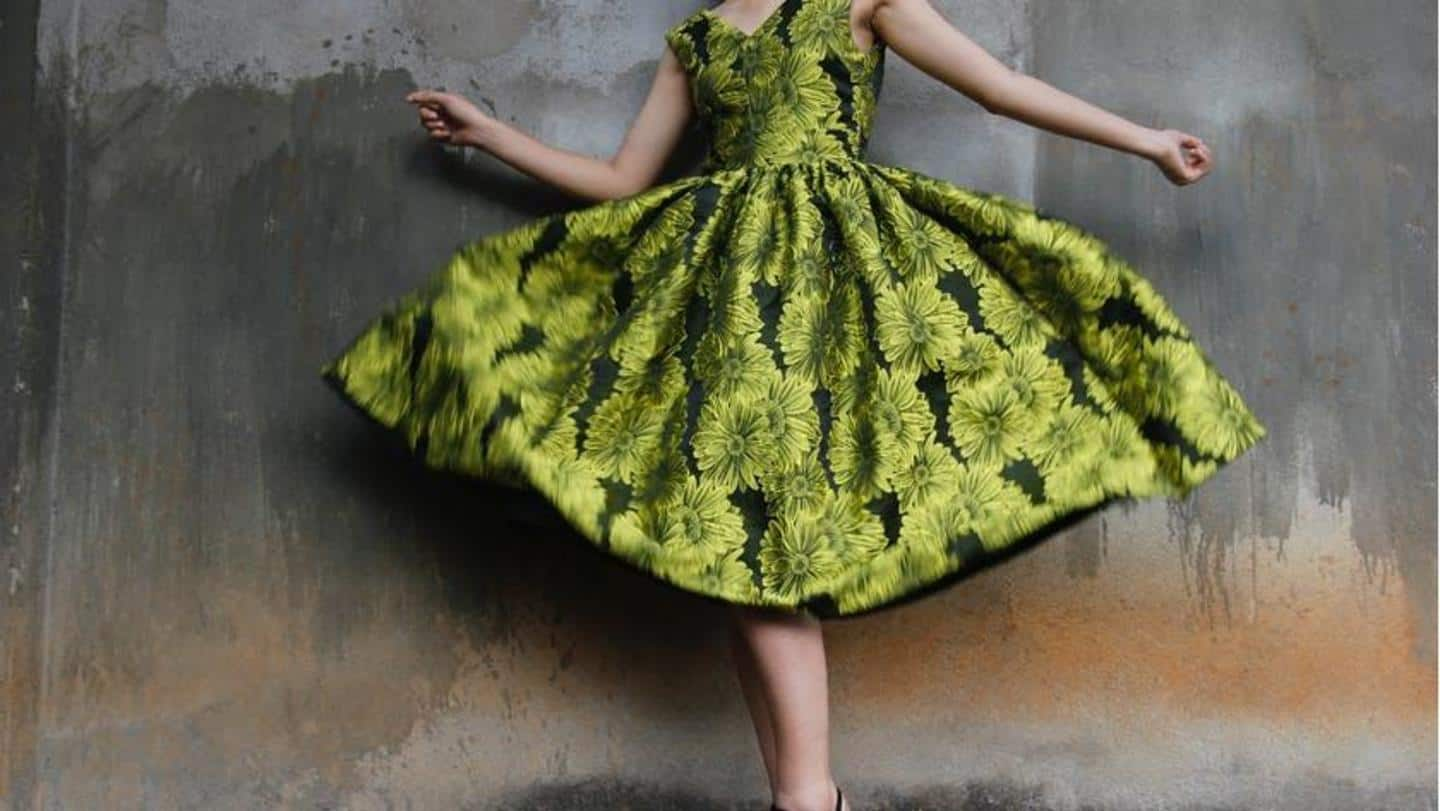
Wear A Dress Day: History of the humble dress
What's the story
Observed on June 1 every year, Wear A Dress Day is celebrated to pay homage to dresses.
They are versatile and a fun piece of clothing in a woman's closet.
The day celebrates the memories we make while wearing dresses for different occasions.
A dress is a one-piece attire that is comfortable and easy to wear, especially during the summer season.
Tarkhan dress
The oldest dress discovered was from Egypt
According to historians, the oldest dress to exist in the world is the Egyptian Tarkhan Dress which was worn around 5,000 years ago in Egypt.
The finely made linen apparel is on display now at the UCL Petrie Museum of Egyptian Archaeology.
The original dress fell past the knees and was excavated from an Egyptian tomb in 1913 by British Egyptologist Sir Flinders Petrie.
Early dresses
Early Mesopotamia, Minoan and Greek dresses
Mesopotamia generally mixed wool with sheepskin to make the dresses that covered the entire upper body. They created the Kaunakes which was a unisex garment with fringe detailing.
Minoans made dresses using locally produced wool and dyed linen that also featured intricate patterns and embroidery.
Ancient times also saw Greek dresses that used a lot of vivid colors and were comfortable to wear.
Society
11th and 16th century dresses
In the 11th century, European women wore dresses resembling men's tunics with the hemline reaching below the knees or lower.
Slowly, these dresses got a tighter fit.
In the 16th century, middle and upper-class European women wore dresses with a gown, smock, or partlet.
They also featured embroidery and blackwork.
The type of dress one wore spoke of their place in society.
19th and 20th century
19th and 20th century dresses
One-piece gowns were popular till the middle of the 18th century.
Oversized silhouettes and puffy sleeves ruled the 19th century with a focus on enhancing bust and hips.
The tight-fitting Victorian dress style was introduced in the late 19th-century with pleats and frills.
Off-shoulder sleeves and cap sleeves were also quite prominent.
The 20th century saw lace and chiffon dresses with ruffles, feathers, etc.
Evolution
The evolution of dresses as we know them today
The 1920s saw more modern styles with the introduction of knee-length dresses. The 1930s introduced floral prints, broad shoulders, and bias cuts.
Christian Dior introduced tea-length and coat dresses with narrowed waists in the 1940s to enhance the feminine figure.
British fashion designer Mary Quant introduced mini dresses in 1964.
Maxi dresses, slip dresses, and broad-shouldered power suits were also introduced in the 1960s.